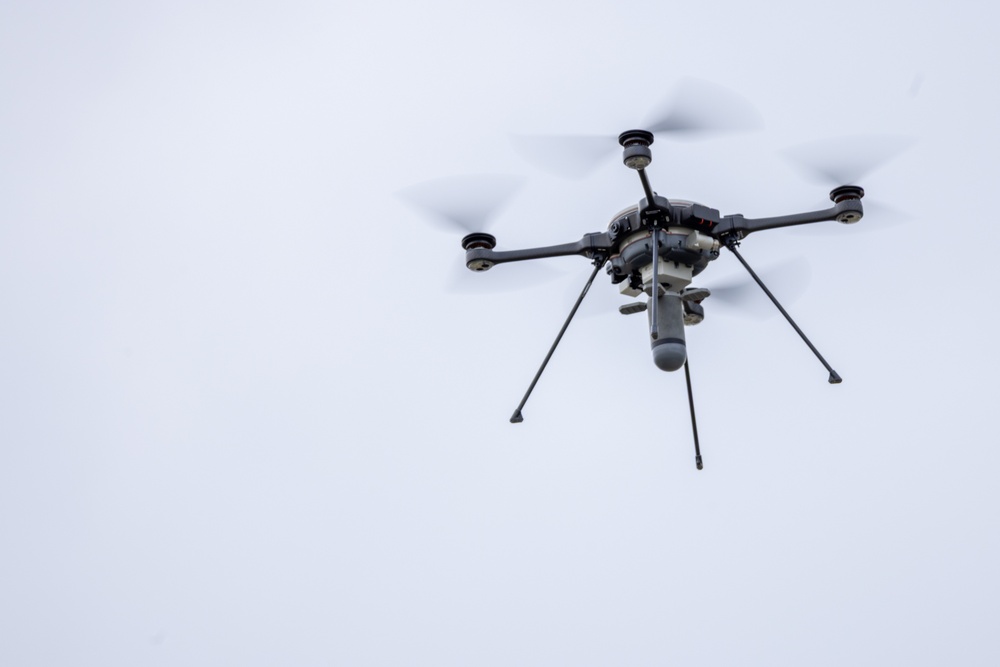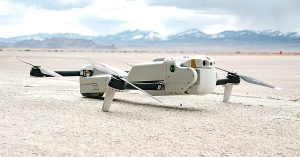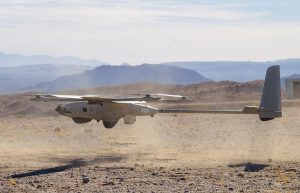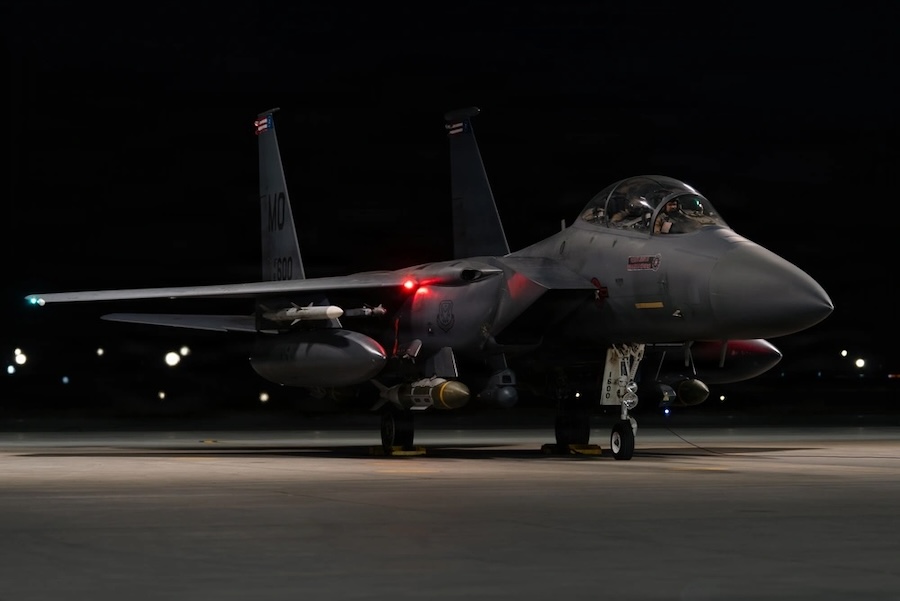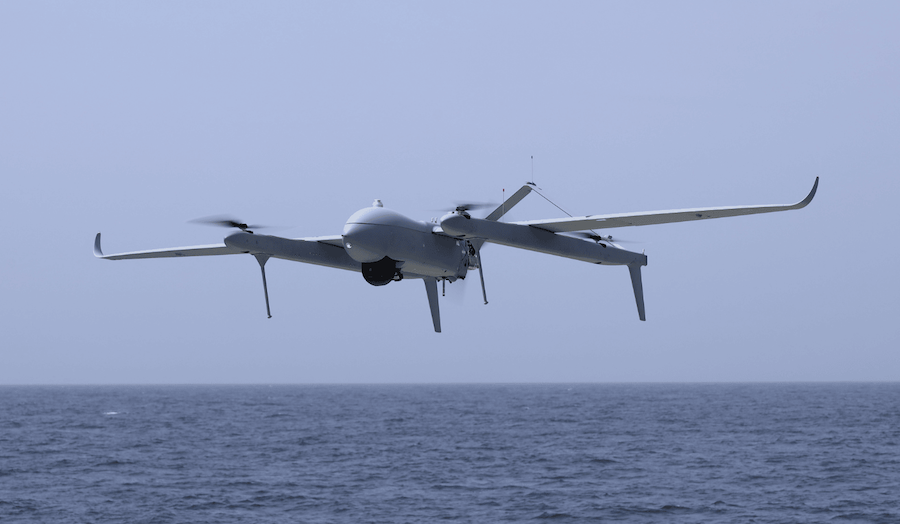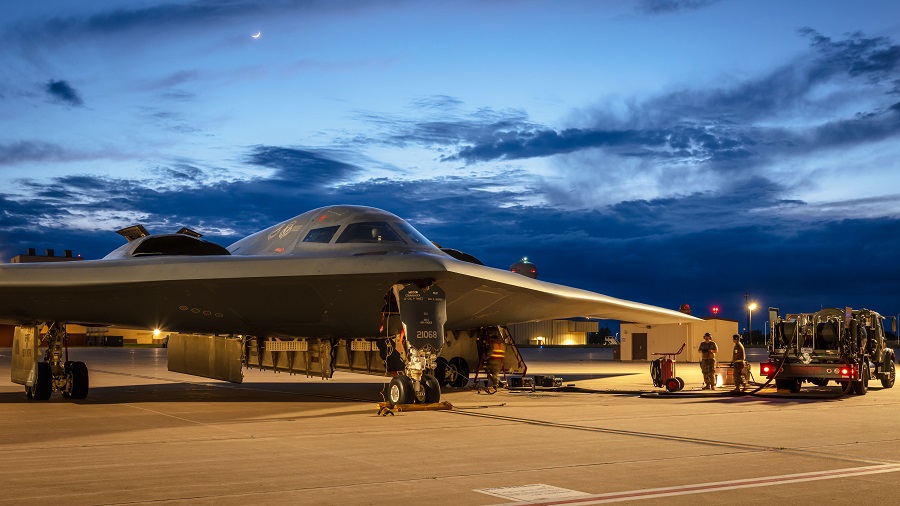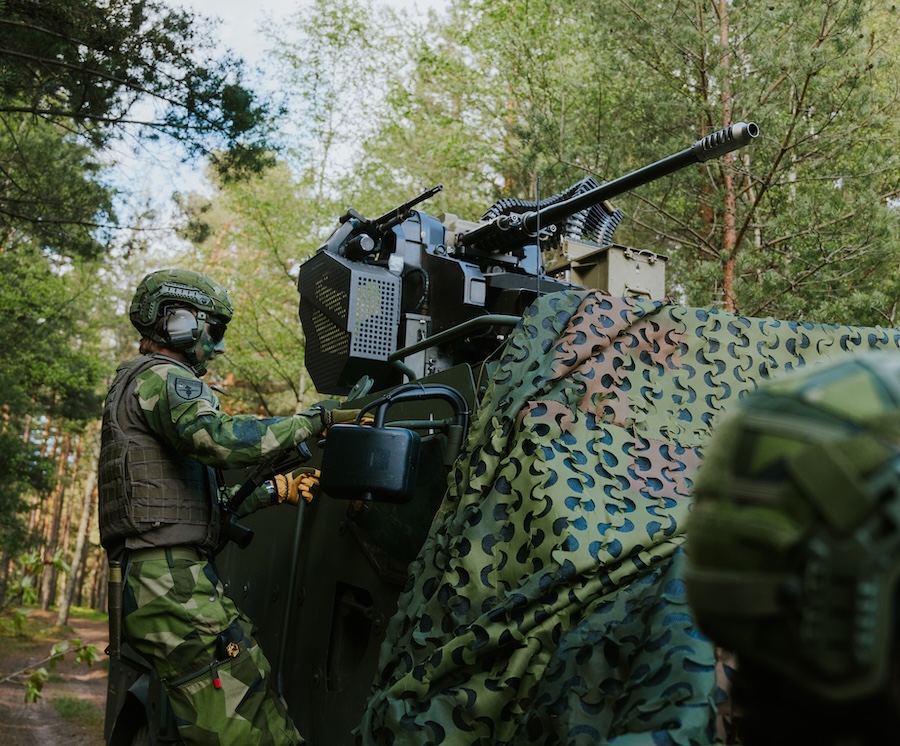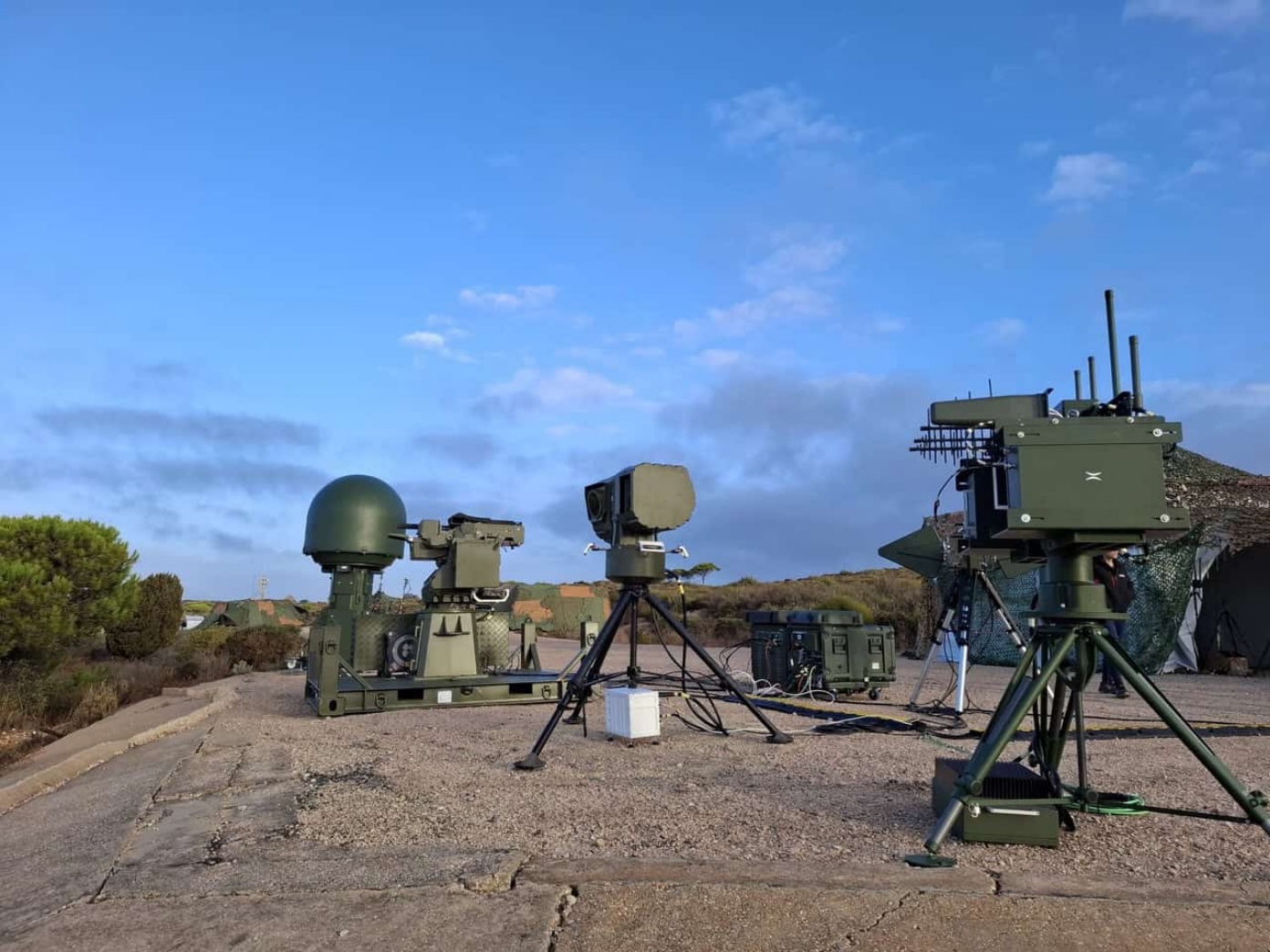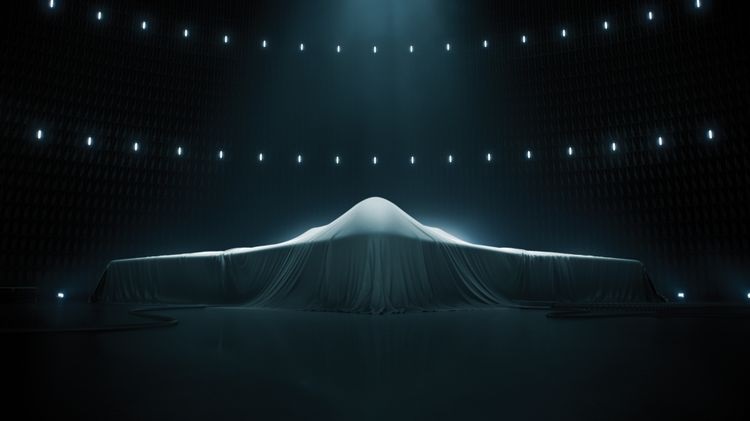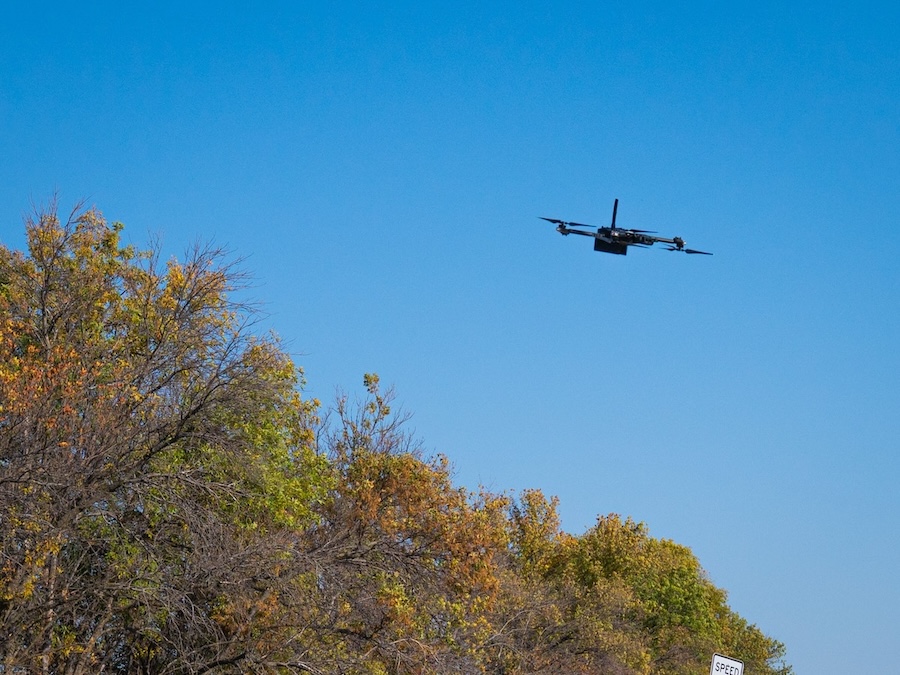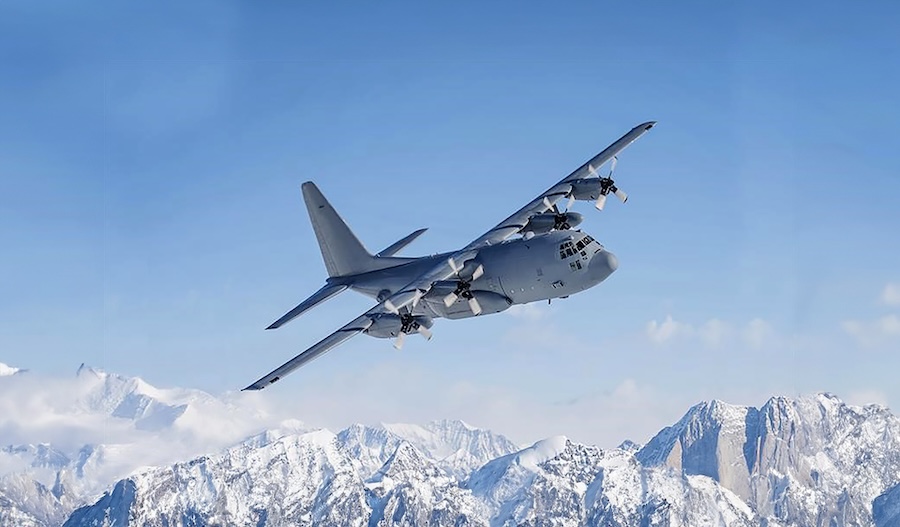The demonstration was the first instance of a program-of-record UAS delivering a live lethal munition on Camp Lejeune, where a SkyRaider quadcopter released the Mjölnir munition onto a target, followed by mortar fire and a Javelin strike. The Mjölnir, a lightweight explosive device equipped with a directional blast capability, uses LiDAR to detonate either on impact or in the air.
The concept for the test originated during a visit by Maj. Gen. Anthony Henderson, commanding general of Training Command, when Maj. Jessica Del Castillo, commanding officer of the Small Unmanned Aircraft School, proposed integrating Mjölnir with the SkyRaider. “I did the heavy planning leading up to the Mjolnir drop: getting the interim flight clearance approved … and then ensuring the safety structure was in place for the live drop,” she recalled.
The test required coordination with the Naval Air Systems Command (NAVAIR), which granted an Interim Flight Clearance (IFC) after reviewing the system’s configuration and range safety measures. Del Castillo clarified that the munition remains in development and has not completed the full safety certification process, explaining, “We were really just test-driving the car. We weren’t buying it today.”
The live drop demonstrated the potential and challenges of the system, as the Mjölnir detonated prematurely in free fall during the exercise. “We showed that the capability can be employed. It can have neutralisation effects and suppression effects, even despite it going off a little early,” said Del Castillo.
The exercise also featured the Neros Archer UAS, part of the DoD’s Blue UAS programme, which conducted a direct strike using a charge fitted with a Kraken Electronic Safe and Arming Device. “If there were actually humans where that [charge] went off…devastating. Complete destruction of those personnel,” said Staff Sgt. Ryan Welch, the drone’s operator.
Overhead support was provided by the Stalker UAS, flown by Staff Sgt. Andrew Ricigliano, offering real-time aerial surveillance that enhanced coordination among all fire elements. “What stood out to me … was the deconfliction of traditional weapons like the 81mm mortars and Javelins with the aerial systems being used,” Ricigliano noted.
Maj. Matthew Johnson, operations officer for AITB and officer-in-charge of the exercise, highlighted the broader effort required to execute the event within policy and safety frameworks. “Seeing all that come together in a tactical evolution … exciting thing to be a part of and to watch,” said Johnson.
The event, directed by Maj. Gen. Henderson, builds on the work of the Marine Corps Drone Attack Team (MCDAT) by applying unmanned strike capabilities in a live combined arms scenario. It aimed to create a repeatable framework for future exercises, pushing forward discussions on how to integrate UAS into combat formations.
As the Marine Corps’ only Military Occupational Specialty-producing Small Unmanned Aircraft Systems School, AITB, SOI-East leveraged its unique expertise to lead this initiative. Observers from NAVAIR, Marine Corps Training and Education Command, and 2nd Marine Division attended the exercise, which is expected to influence future UAS training, procurement, and tactical development.


